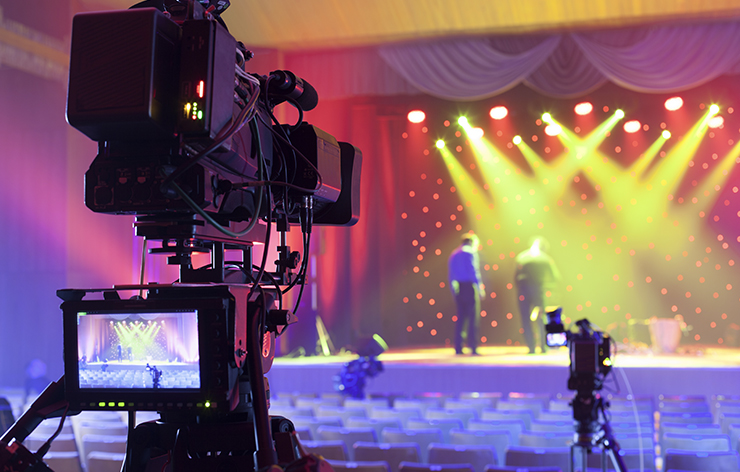Stationary projecting screens are crafted to be constantly mounted in a particular place. One of the key advantages of fixed frame screens is their capability to provide a smooth, flat area for projecting pictures. This evenness ensures that the picture clarity is crisp and clear, which is especially important for high-definition material. Additionally, stationary screens often come with a dark border that improves contrast and causes the displayed image stand out more. This kind of screen is perfect for residential cinemas or specific display rooms where the setup will not change often.
Conversely, mobile projecting screens provide flexibility and convenience. These screens can be readily assembled and taken down, making them perfect for events that demand movement, such as meetings, educational settings, or al fresco film screenings. Mobile displays are available in multiple sizes and designs, including stand and collapsible choices, allowing individuals to select an option that meets their needs. The capability to transport these displays renders them a favored choice for individuals who require to show in various places or for those who do not have a permanent area for a fixed screen.
Nonetheless, there are some drawbacks to both types of screens. Stationary displays can be more costly and necessitate professional setup, which may not be practical for everyone. Additionally, after installed, they cannot be moved with ease, restricting their use to one location. In contrast, mobile displays may not provide the same level of image quality as fixed frame browse around this web-site displays. They can sometimes have wrinkles or bends that impact the display, particularly if they are not set up properly. This can be a concern for those who value image clarity over ease of use.
An additional consideration to consider is the space accessible for the screen. Stationary displays need a dedicated area with enough wall space and suitable lighting settings to enhance the watching encounter. This can be a constraint for those living in smaller houses or apartments. Portable screens, on the other hand, can be used in multiple settings, from spacious auditoriums to small living rooms. This versatility renders them a practical option for numerous individuals, particularly those who may not have a permanent setup.
To sum up, both fixed frame and portable projecting displays have their unique benefits and disadvantages. Stationary screens excel in offering superior images and a professional look, making them suitable for dedicated watching spaces. On the flip side, mobile screens offer versatility and ease of use, making them perfect for on-the-go displays and events. By weighing the advantages and drawbacks of each type, individuals and organizations can select the projection display that best fits their particular requirements and enhances their viewing experience.
